Swelling
What is a Swelling?
Swelling, often accompanied by pain, redness, and warmth, is a common physiological response to injury or inflammation in the human body. This natural reaction involves an increase in the fluid and immune cells within the affected tissue, leading to its expansion.
Swelling can occur for various reasons, ranging from minor injuries and infections to more severe medical conditions.
Understanding the causes, mechanisms, and management of swelling is crucial for maintaining overall health and well-being. In this exploration, we will delve into the intricate world of swelling, examining its diverse triggers, underlying processes, and approaches for alleviating discomfort and promoting healing.
Introduction
Swelling is the term for any unnatural expansion in a physical component. The usual causes are inflammation or fluid retention. The medical term for tissue swelling away from a joint is edema. Effusion describes an internal joint swelling, such as a swollen ankle or knee.
Hemarthrosis causes a joint to enlarge and oozing. This could be a sign of a fracture or ligament damage, like an ACL tear. Hemarthrosis can be identified by using a needle to draw some fluid from the affected joint.
Swelling that manifests within 24 hours of an injury is referred to as acute swelling. If the swelling arises within the first two hours, hemarthrosis is probably to blame, and a doctor needs to look into it. Chronic swelling is defined as swelling that lasts for a long time, is challenging for athletes to notice, and can be seriously detrimental if managed.
Causes of Swelling
External swelling can be caused by inflammation in your muscles, bones, or other tissues. Tumors and cysts can also produce observable edema. Although fluid retention is an interior disorder, it can also result in swelling on the outside.
The following are the most typical causes of outward swelling:
- Acute glomerulonephritis (a kidney disease)
- Burns, including sunburn
- Chronic kidney disease
- Heart failure
- Liver failure from cirrhosis
- Nephrotic syndrome (a kidney disease)(kidney failure)
- Poor nutrition
- Pregnancy
- Thyroid disease
- Too little albumin in the blood (hypoalbuminemia)
- Too much salt or sodium
- heart failure
- Anaphylaxis (a severe allergic reaction)
- a venomous insect bite
- use of specific medications, such as corticosteroids or medicines for diabetes, heart disease, or high blood pressure
Leg or lower extremity swelling may have several causes, such as:
Pregnancy, standing for long periods, the small valves in the leg veins becoming weaker, heart failure, low Protein levels, chronic lung conditions
Obesity-related blood clots, leg infections, and advanced age
Swelling from cancer and its treatment
If cancer treatments cause swelling:
A cough, an irregular heartbeat, puffy or glossy skin, and swelling in the hands, arms, legs, ankles, or feet are all symptoms of edema.
Chemotherapy, surgery, radiation therapy, hormone therapy, painkillers, and bone-strengthening drugs like steroids are cancer treatments that might result in edema.
When only one particular location is swollen, the condition is referred to as localized swelling. An individual with an eye infection, for instance, might just suffer swelling around the eyes. An individual who has been stung by an insect may simply experience swelling where the sting was. insect bites, rashes, hives, swelling after an injury, menstruation, pregnancy, hormonal changes, and infections Swelling on the outside might be localized or generalized. Over a sizable portion of the body, there is widespread edema. This typically indicates a serious sickness. Frequently, an allergic reaction or fluid retention is responsible.
Other common causes of widespread swelling include:
Diabetes and several cancers can cause generalized edema as well as swelling in the fingers and toes of those who have them. Periodically, this kind of swelling could develop.
Swelling inside your body is frequently brought on by fluid retention, organ irritation, or flatulence. People who have cancer, Crohn’s disease, or chronic irritable bowel syndrome may experience this.
Sign of Swelling
- Stretched skin that is glossy.
- Skin that develops a dimple after being pressed for just a short amount of time is referred to as pitting.
- Swelling causes the abdomen, often known as the belly, to grow larger than usual.
- The sensation of leg weight
Symptoms of Swelling
- chest pain
- shortness of breath
- fever
- warmth in the hands or feet
If a person hurts themselves while exercising, playing a sport, or engaging in other activities, they should visit a doctor. The doctor can offer support for the treatment and assist in determining the severity of the damage.
A person should consult a doctor as soon as possible if additional symptoms like fatigue, weight gain, or breathing problems appear along with the edema. These can point to a problem that is underlying the edema.
If they encounter any new swelling, people who have an underlying medical problem, such as heart disease or kidney illness, should also consult their doctor. The wounded area may experience visible swelling as a result of this inflammatory reaction.
Some other symptoms associated with injury include:
Skin warmth, visible enlargement of the area, pain, and Internal Swelling. According to, heart, liver, and kidney diseases can cause swelling to occur in different parts of the body, including the organs.
Symptoms of internal swelling can include:
Gaining weight, having a cough that is worse at night, getting tired easily, having trouble breathing Legs and lower extremities swelling
Diagnosis
Your doctor will do a number of tests to identify the source of your swelling. They will first discuss your symptoms and do a physical examination to feel for any discomfort in the affected area.
Imaging test
Additional information on the cause of the swelling can be obtained via an imaging test like an ultrasound. The cause of the swelling may also be determined by a more specialized examination like an MRI or CT scan. An individual may discuss with a doctor about their symptoms. The doctor will probably visually inspect the area where swelling is evident. The doctor will likely request tests in addition to a visual examination to identify the cause of the swelling. They might demand the tests listed below:
- Doppler ultrasound
- Blood tests
- Urine tests
- Electrocardiogram
- Urinalysis
If there are blood clots, broken bones, or damaged tissues or organs, advanced imaging tests may indicate a doctor.
In an emergency situation (pulmonary edema), rapid diagnosis and treatment are important, Tests that may be done include:
- Albumin blood test
- Blood electrolyte levels
- Echocardiography
- Electrocardiogram (ECG)
- Kidney function tests
- Liver function tests
- Urinalysis
Before any tests are performed, you will receive an adrenaline injection to see if a severe allergic reaction is the source of your swelling. The reaction will not deteriorate as a result of this drug.
Treatment of Swelling
Remember PRICE in the beginning:
P = Protection against additional harm
R = Rest to prevent irritation from lingering.
To reduce discomfort, bleeding, and edema, use ice (cold).
C = Compression for stabilization and reducing edema
E = Elevation to reduce edema and bleeding
Protection can entail keeping the body part immobile with a brace, a bandage, or even merely by avoiding it.
Rest involves avoiding uncomfortable movements of the affected internal part. Movement is beneficial and can speed up recovery, but it shouldn’t cause any pain at this point.
20 minutes of ice per hour for the first 72 hours. Longer application of ice actually has the opposite effect and may worsen swelling. Chemical icepacks should never be used on the skin directly as the injury may happen.
For the first 72 hours, avoid using heat because it will make the edema worse.
using an ace wrap for compression. you can learn how to bandage the affected body part from your doctor or athletic trainer to reduce swelling.
Elevating the injured area as you rest will encourage the swelling to move back toward your body rather than concentrating on your extremities, where it will be more difficult to get rid of.
You should consult a doctor if your swelling is persistent or persists for more than two to three weeks. To reduce the swelling, your doctor may suggest medicine, physical activity, or treatment. Keep in mind that swelling is the body’s response to an injury; if it persists, the injury still exists.
The appropriate line of action will be determined by the cause of the swelling. If a person has an underlying medical problem, such as kidney disease, that illness must be treated first. By addressing or managing any underlying issues, swelling can be reduced. Sitting with one’s feet resting on a chair should assist in reducing swelling if one’s feet or legs swell after prolonged standing. Another choice is to try laying on a bed with their feet elevated and wearing compression stockings.
Rest is necessary if you have swelling from an injury, such as an ankle sprain. Applying ice to the affected area and taking nonsteroidal anti-inflammatory medications can also help reduce swelling.
Physiotherapy Treatment
There are a number of treatments available for swelling and inflammation. From the initial evaluation, the skilled physiotherapists will determine which treatments are most appropriate. Some of the treatments may include:
- Ice therapy – Cryotherapy
- Compression Range of movement exercise
- Electrotherapy (PSWD, Interferential, TENS)
- Massage
Care at Home
Be sure to adhere to your doctor’s treatment advice. Ask your doctor about ways to stop skin deterioration if you experience persistent swelling, such as:
Ring for flotation
lambswool blanket
a mattress that relieves pressure
carry on with your normal routine. If at all possible, keep your arms and legs elevated above your heart when resting down to allow the fluid to drain.
If you start to feel out of breath, stop doing this. Contact a doctor if you detect any unknown swelling.
Surgical treatment
How you are treated will depend on what caused to the edema. If a tumor or an abscess is the cause of the swelling, surgery may be necessary to treat it.
Your doctor may recommend an intensive treatment, like chemotherapy or radiation, to decrease the tumor if it is too large or too close to other organs to be removed surgically.
Additionally, a doctor may recommend medicine to reduce swelling or inflammation. Antihistamines sold over the counter help reduce swelling and itching caused by rashes or rashes.
Additionally helpful in reducing skin inflammation is topical steroid therapy. If these drugs don’t work, speak with your doctor. They might be able to recommend an antihistamine with more potency.
Prevention
Recommendation for preventing full-body swell:
- Exercise regularly.
- Limiting or reducing the amount of salt consumed.
- Avoid crossing your legs whether you’re sitting or lying down by lifting your feet.
- wearing loose-fitting special compression stockings Suitable clothing or footwear.
talking to a doctor about using diuretics while taking meds as prescribed
If you manage your condition carefully or take medications to treat it, you may be able to prevent future swelling if a chronic illness is causing internal or external swelling. Additionally, internal swelling caused on by inflammation is treated with medication. The doctor can also advise making lifestyle modifications to avoid interior edema.
Avoiding salt, using a support hose, and keeping your arms and legs above your chest when you’re lying down are some at-home precautions you can take.
Summary
In the hot summer months, lower leg swelling (edema) is frequent, especially if one has been standing or moving around a lot.
Massive edema, also known as anasarca or general swelling, is a typical symptom of severe illness. Slight edema may be difficult to spot, but significant swelling is easy to spot.
Swelling can cause problems with a reduced range of movement affecting the individual’s mobility if a lower limb injury. A course of physical therapy could help to enhance healing and improve the recovery process as the swelling and inflammation phase can extend for several weeks.
There are numerous causes of swelling. For example, a person might suffer from impaired circulation, a broken bone, or an underlying medical problem. In order to avoid or lessen future swelling, a person must get treatment for any underlying health conditions they may have in addition to taking steps to prevent and manage current swelling.
Swelling is a typical disease. Many people get swollen for no apparent reason, either from standing too long or getting a minor injury. Swelling, however, may occasionally indicate an adverse drug reaction or a sign of a more serious underlying medical issue. People should discuss the cause of their swelling with their doctor and take action to treat any underlying issues.
The person’s general health, age, and whether or not they have any underlying diseases that are the cause of the swelling will all influence how effectively the treatment works. Most people find some alleviation by altering their way of life and following their doctor’s recommendations.
FAQs
Why can swelling be a bad thing?
The body always responds to an injury with an anticipated inflammatory response as the initial stage of healing. Redness, heat, swelling, and discomfort are the defining characteristics of this initial stage. Swelling is brought on by the increased influx of fluid and white blood cells into the injured area. Chemicals are released, and nerves are compressed in the area of injury, causing pain. The athlete may be unable to use the injured portion due to pain and swelling, which helps to prevent additional damage. The body’s response is frequently extreme, too.
“If the edema is not properly treated, it can become chronic, or long-term, leading to atrophy of the muscles surrounding the joint and a reduction in their ability to contract. Chronic swelling causes tissues to become less flexible and more inflexible than they would be in a healthy state. Tissues that are less flexible are more at risk of subsequent harm.
How can edema be reduced naturally?
Fill up on foods that reduce inflammation. Cold-water fish, like salmon and tuna, tofu, walnuts, flax seeds, and soybeans are some of the richest sources of omega-3s. Grapes, celery, blueberries, garlic, olive oil, tea, and several spices (ginger, rosemary, and turmeric) are other anti-inflammatory foods.
Why is reducing swelling important?
Long-lasting swelling makes tissues less flexible and stiff, which greatly increases their vulnerability to additional damage. Long-term damage from chronic inflammation includes the possibility of developing more serious diseases including heart disease, diabetes, or even cancer.
Which foods reduce swelling?
Tomatoes are a food that reduces inflammation. the olive oil. vegetables with green leaves, such as kale, spinach, and collards. Nuts like walnuts and almonds. fatty fish like mackerel, salmon, other fish, and sardines. cherries, oranges, strawberries, blueberries, and other fruit
Is swelling reversible?
Edema can never be “cured.” Treating the underlying problem is the only method to treat edema. However, there are a few things you may take to minimize the swelling. When you are lying down, place a pillow under your legs. Wear support stockings, which are readily available at most pharmacies.
Reference
- Flory, P. J. (1950). Statistical mechanics of swelling of network structures. Journal of Chemical Physics, 18(1), 108–111. https://doi.org/10.1063/1.1747424
- Flory, P. J., & Rehner, J. (1943). Statistical Mechanics of Cross-Linked Polymer Networks II. Swelling. Journal of Chemical Physics, 11(11), 521–526. https://doi.org/10.1063/1.1723792
- Karalis, T. K. (2013). Mechanics of Swelling: From Clays to Living Cells and Tissues. Springer Science & Business Media.
- Mohan, K. K. (1996). Water sensitivity of porous media containing swelling clays.
- Offer, G., & Trinick, J. (1983). On the mechanism of water holding in meat: The swelling and shrinking of myofibrils. Meat Science, 8(4), 245–281. https://doi.org/10.1016/0309-1740(83)90013-x
- Tanaka, T., & Fillmore, D. J. (1979). Kinetics of swelling of gels. Journal of Chemical Physics, 70(3), 1214–1218. https://doi.org/10.1063/1.437602
- Wilson, C. (2000). A massive swelling: Celebrity Re-examined as a Grotesque, Crippling Disease, and Other Cultural Revolutions. Viking Adult.


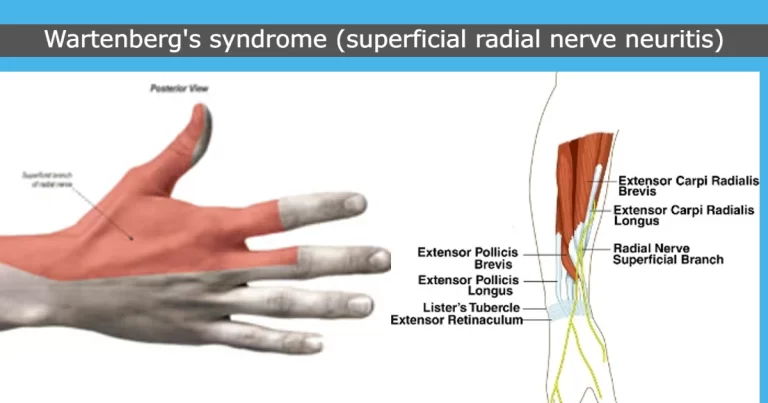
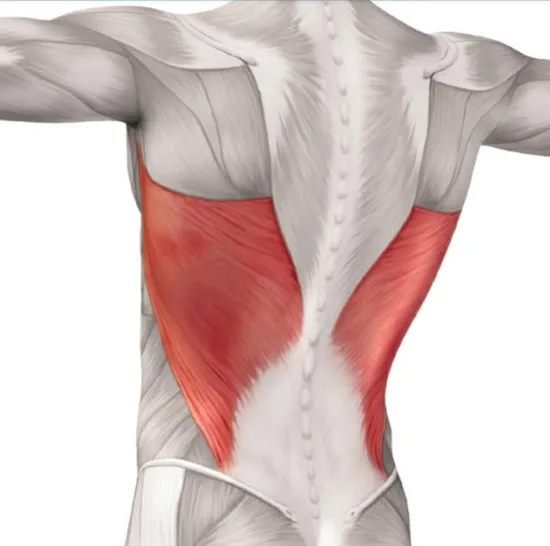
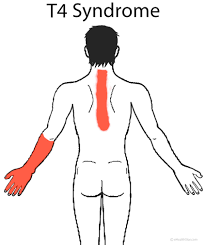

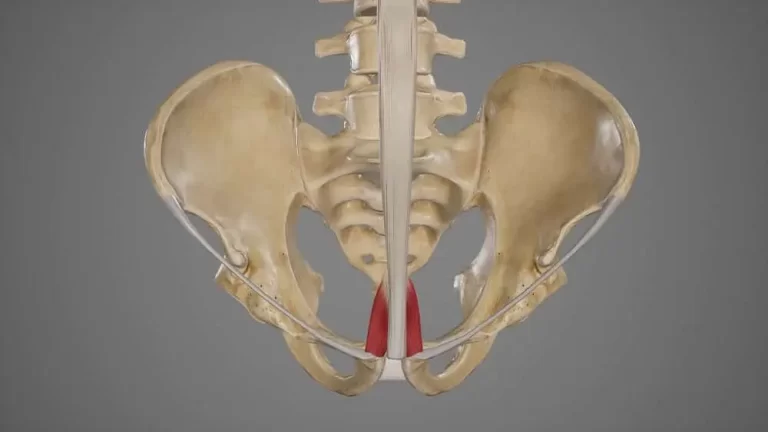
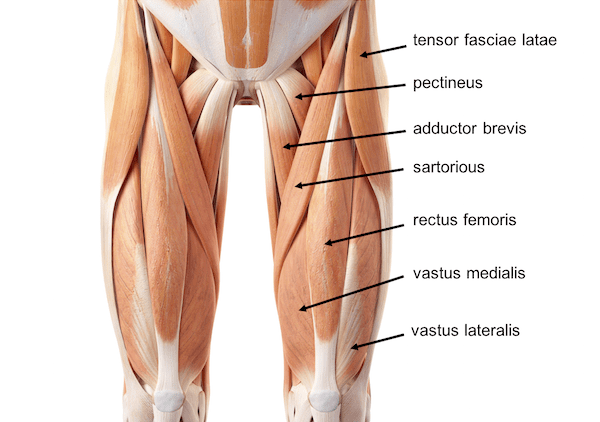
28 Comments